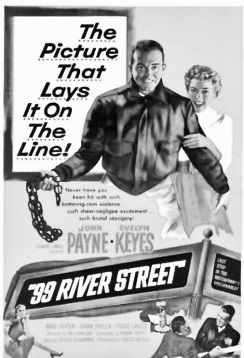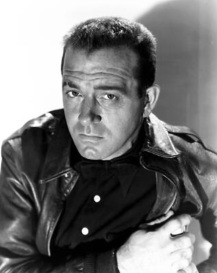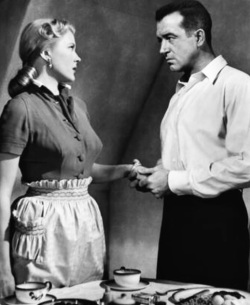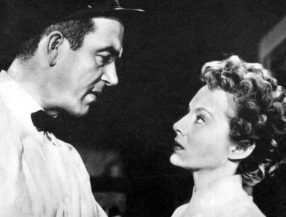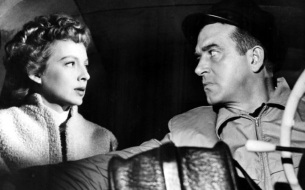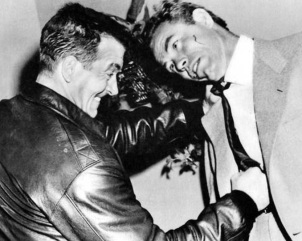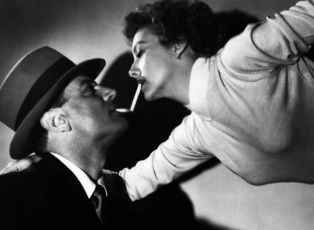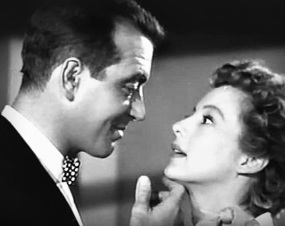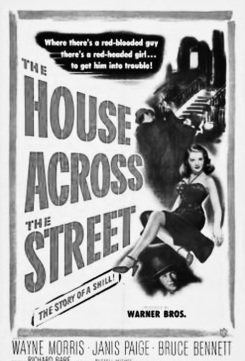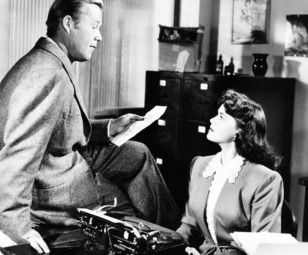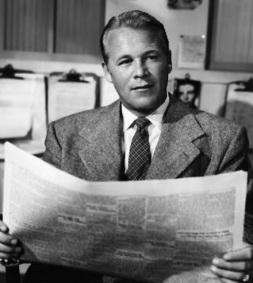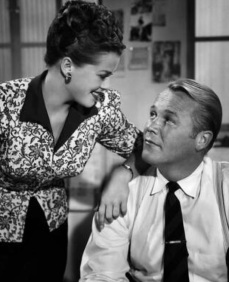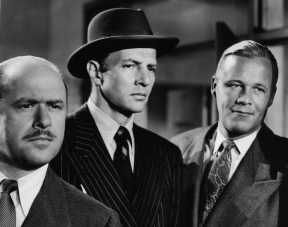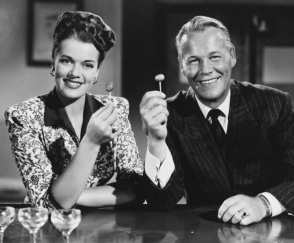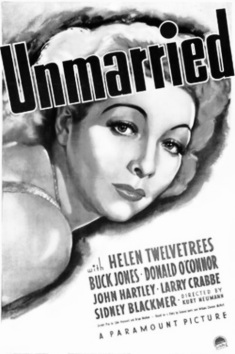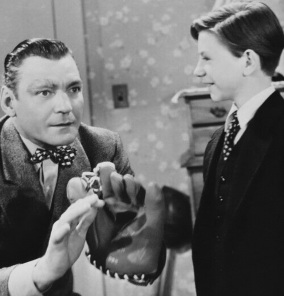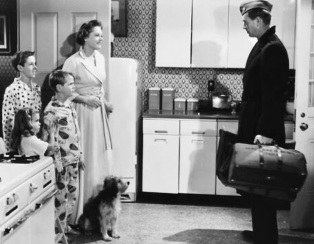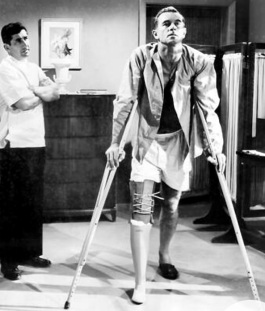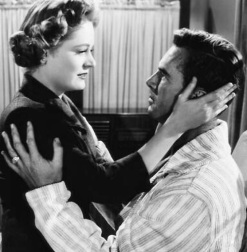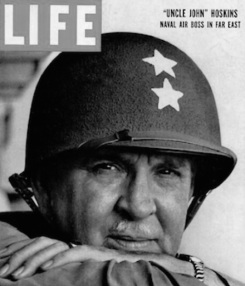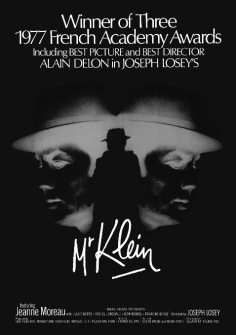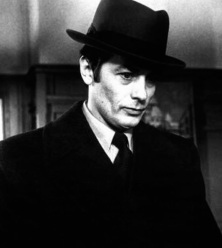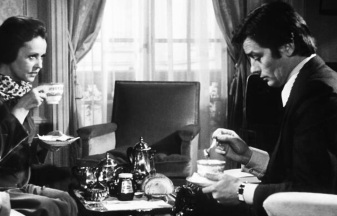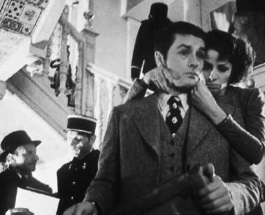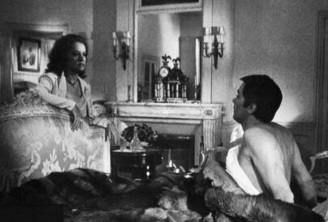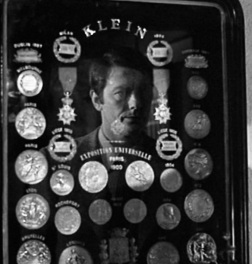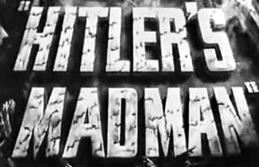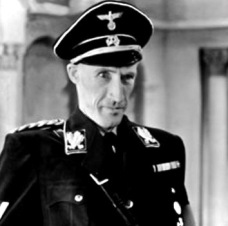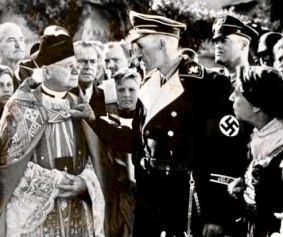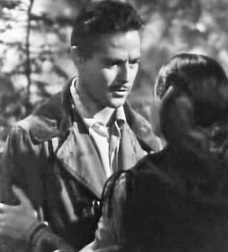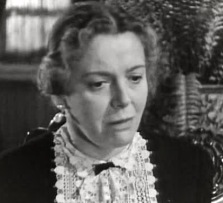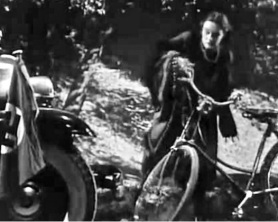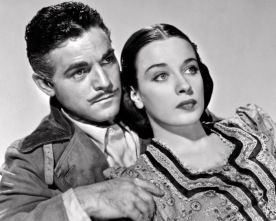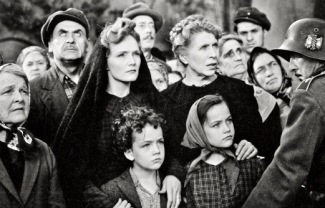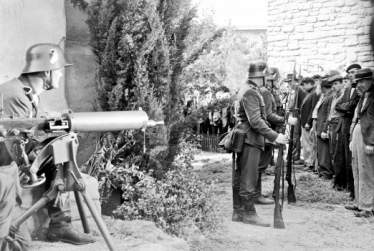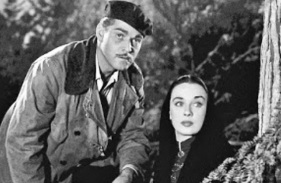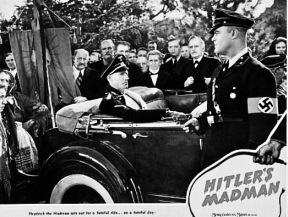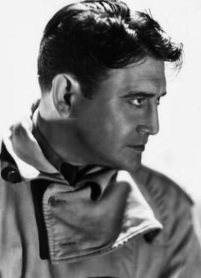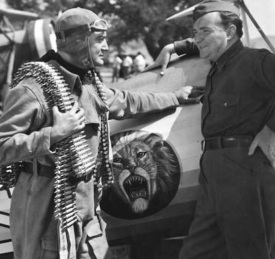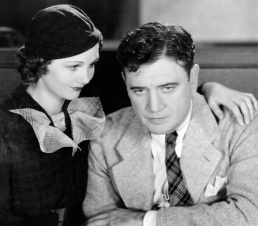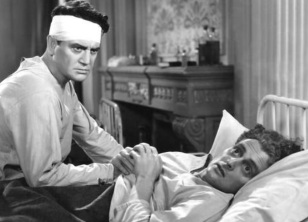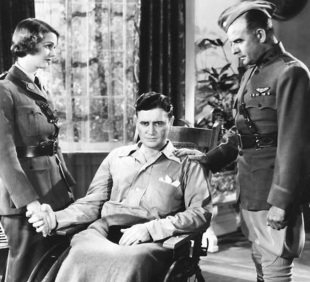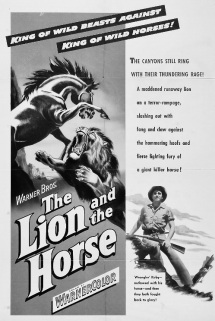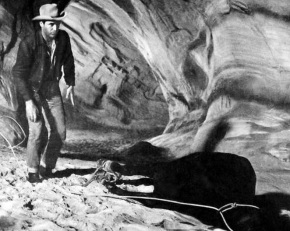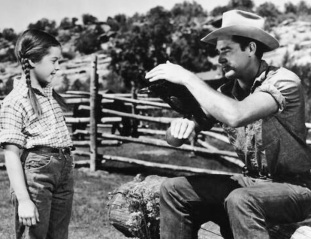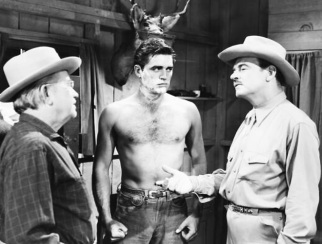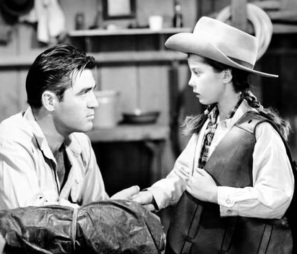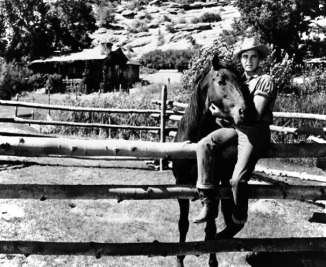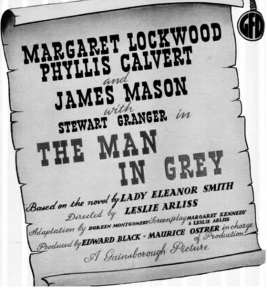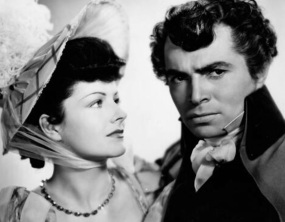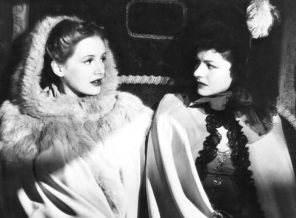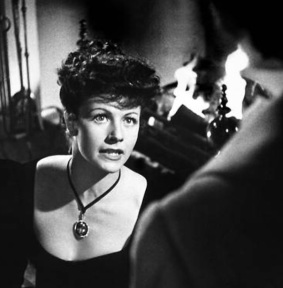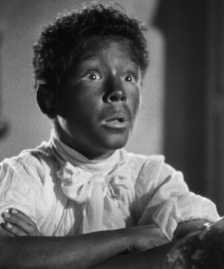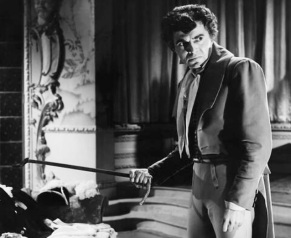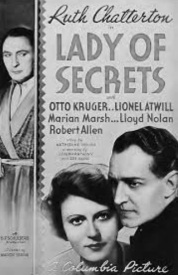
Ruth Chatterton had finished her contract with Warner Brothers in 1934. She had also divorced former costar George Brent. And after a period of down-time, she was ready to return to the movies. At 43, she was the perfect age for her role in this Columbia melodrama. Playing a society woman plagued by problems would be a cinch for her, since she’d specialized in these types of roles at Paramount early in her film career.
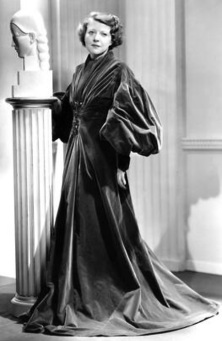
This time, she was playing a woman of mental incapacity, or so her scheming father (Lionel Atwill) would have others believe. The truth is that her character had fallen in love with a man of a lower class (Lloyd Nolan), daddy dearest objected, and after the boyfriend died, that was meant to be the end of it. But unfortunately for Atwill and his wife (Elisabeth Risdon), there was a baby on the way.
The scenes where we see in extended flashback a younger looking Chatterton being romanced by Nolan are a bit of a stretch. Yet this sequence does explain how Chatterton’s character might have had a happy life, if not for her father’s interference and some very bad luck. It may not be quite believable seeing the actress play a 20 year old version of herself in the past, but she does pull off the necessary emotional aspects of the situation.

Out of the flashback, we learn that now in her early 40s. Chatterton has spent the last two decades pretending to be her young daughter’s older sister. This is because after Nolan’s death, Atwill and Risdon took responsibility for raising their granddaughter as their own child. Risdon is no longer around, so Atwill has been making all the decisions. Chatterton has never been allowed to live her own life freely or do do what’s best for her sister/daughter.
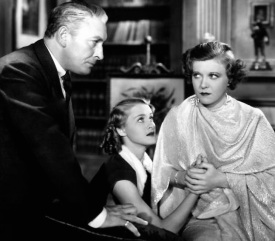
Any opportunity of going off on her own, and Atwill threatens to put Chatterton in a mental institution. In fact, he does end up doing so, when Chatterton decides it’s time to tell her “kid sister” (Marian Marsh) the truth about how they’re really related. Atwill doesn’t want a scandal so he takes preemptive measures to have Chatterton committed, as if that wouldn’t cause more tongues to wag in their tight knit community. In a way, the relationship between Atwill and Chatterton in this film reminds me of the one between Charles Laughton and Norma Shearer in THE BARRETTS OF WIMPOLE STREET, without incestuous vibes.
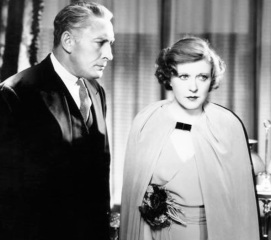
Much of the melodrama that plays out is Chatterton breaking free of her father’s obsessive control. Also, she avails herself to ensure Marsh has a real future, which includes Marsh marrying a man (Robert Allen) for love not money. Helping Chatterton liberate herself is a kind gentleman (Otto Kruger) about the same age as her, who had previously become engaged to Marsh. Yes, this is a soap opera!

The various story threads resolve as one would expect, with Atwill eventually put in his place. Both Chatterton and Marsh find happiness. However, the writers do not give the two gals conventional closure. Chatterton recants on her earlier statement about being Marsh’s mom, since she realizes the young girl cannot handle the truth. So she goes back to playing big sis and walks Marsh down the aisle to her waiting fiancé.
